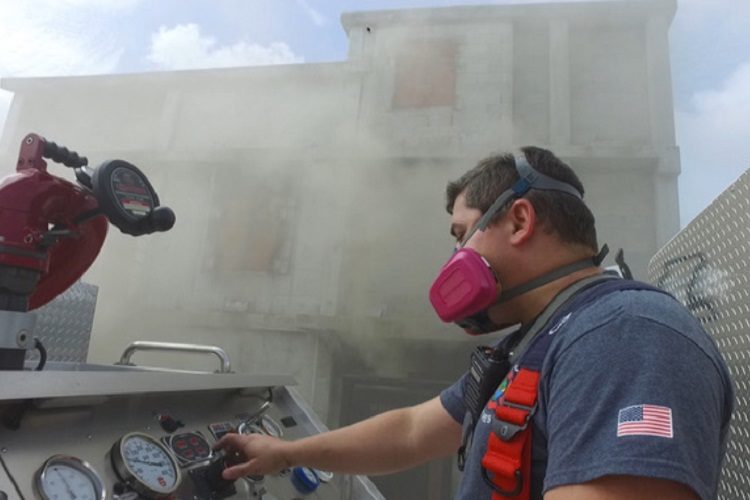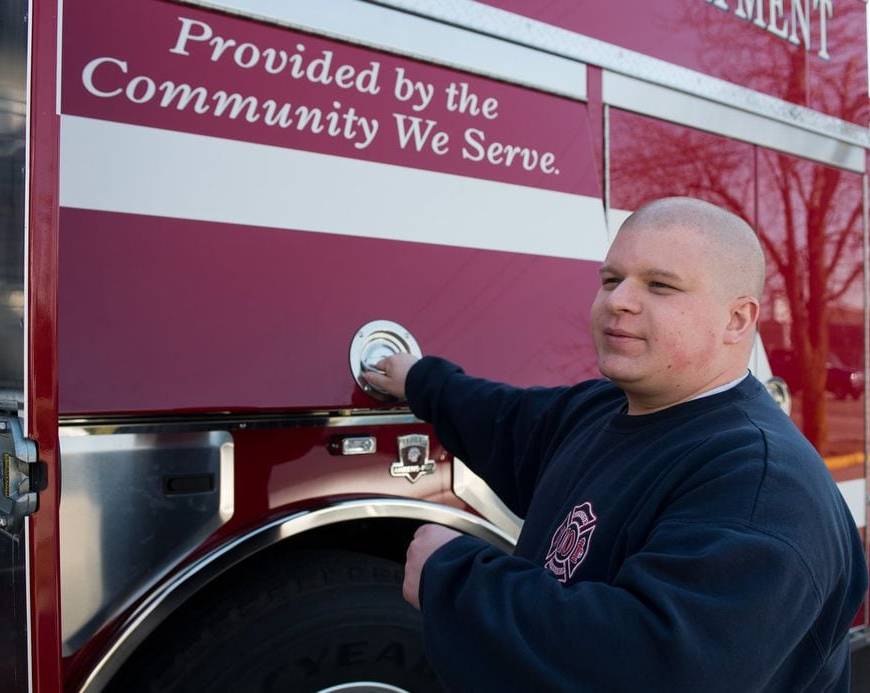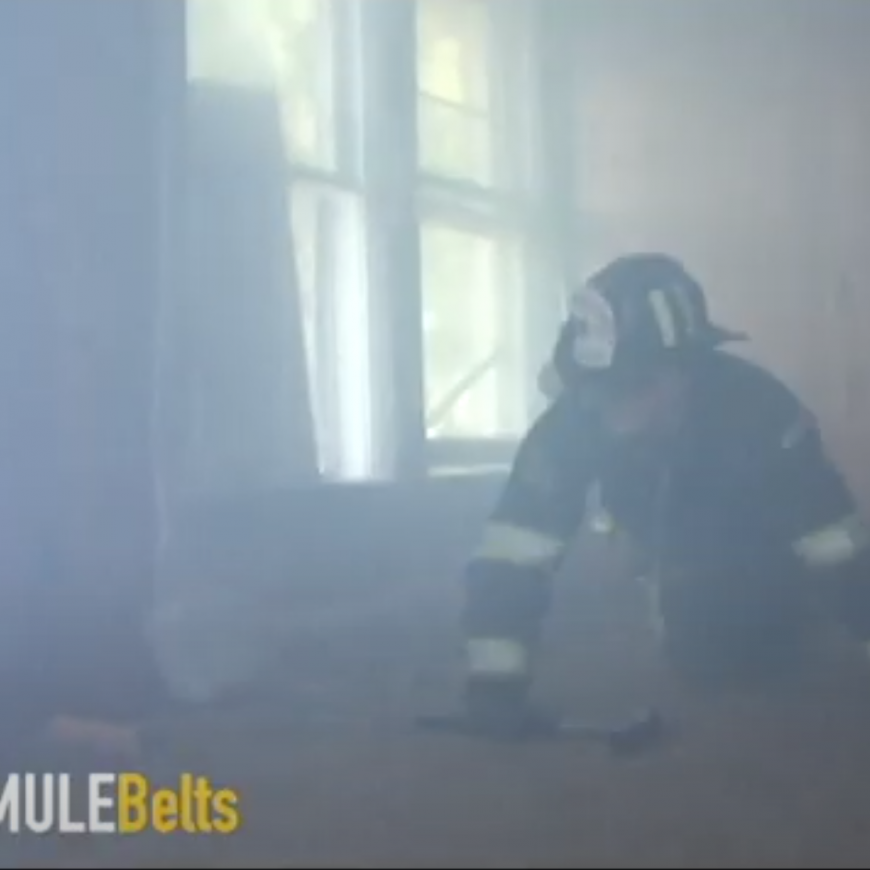Respiratory Protection in the Warm Zone: A Study
By Alberto Caban-Martinez, Bob Kropa, and Vicki Sheppard
Palm Beach County Fire Rescue (PBCFR), working with the Sylvester Comprehensive Cancer Center at the University of Miami’s Health Systems through the Florida Firefighter Cancer Initiative, conducted research that involved atmospheric monitoring for volatile organic compounds (VOCs), many of which are known to be carcinogenic at fire incidents. Because of the surprising results, PBCFR has implemented a respiratory protection plan using a half-mask cartridge respirator with organic vapor and particulate filters for the warm zone of fires.
The Sylvester Comprehensive Cancer Center is entering its fourth year in the Florida Firefighter Cancer Initiative, which is a state funded research project aimed to review the relationship between firefighters and certain cancers. The Initiative encompasses 13 projects ranging from annual firefighter cancer surveys to gear and dermal sampling.
Dr. Alberto-Martinez Caban was the lead researcher for the atmospheric monitoring at the fire scene project. During a fire incident, firefighters are frequently exposed to various hazardous atmospheric conditions in and around the fire scene. To limit exposure to harmful gases and particulates emitted from the fire, the National Fire Protection Association provides technical guidance, model requirements, and standards for the use self-contained breathing apparatus (SCBA) and other respiratory equipment in the hot zone or an immediately dangerous to life or health atmosphere.
Previously, single-compound detectors such as mobile carbon monoxide (CO) monitors have been used by firefighters, providing beneficial measuring of specific harmful gases. However, they fail to detect other gases, such as VOCs, and therefore may not provide sufficient exposure information. Additionally, mobile CO monitors may provide misleading hazard and safety information to firefighters in the hot and warm zones. As other harmful gases such as hydrogen sulfide became known, the on-scene atmospheric monitoring expanded to detect multiple gases. Currently, atmospheric monitoring of fire incidents has been restricted to acute hazards such as low oxygen, CO, hydrogen cyanide (HCN), hydrogen sulfide, and explosive gases, but they have neglected to identify VOCs that could lead to detrimental long-term effects because of chronic exposures.



